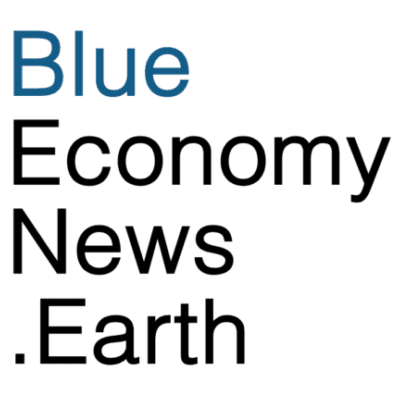The University of Hawaiʻi is developing a graduate sustainable fisheries management program focusing on both Western science and Indigenous knowledge.
The university said fisheries in Hawaiʻi are distinct in that they include a variety of sectors ranging from the open ocean longline fishery, which is the sixth largest fishery in monetary value in the U.S., to community managed fishponds or loko iʻa. Importantly, the majority of nearshore fisheries in Hawaiʻi are non-commercial, which requires unique considerations for management. This sustainable fisheries management program seeks to build on existing work by faculty and practitioners across the UH System to understand the unique contributions of these diverse commercial and non-commercial fisheries to the economic, social, and cultural well-being of Hawaiʻi to ensure their longevity.
Management strategies from the U.S. continent often fail in the Pacific Islands, the university said, because they were designed for cold-water, industrial fisheries. Pacific fisheries are different—they operate in warm tropical waters with diverse species and fishing gear, and with Indigenous Pacific Island communities. The Pacific Island region is multinational and has comparatively less scientific data, requiring a locally developed approach to ensure they can be sustained for generations.
The new program focuses on both Western science and Indigenous knowledge. It is being developed by eight new faculty members whose expertise ranges from oceanography to economics to Indigenous coastal management.
“It is critically important to elevate and co-develop knowledge relevant to the Pacific, foster local expertise, and train the next generation of fisheries stewards and managers,” said Megan Donahue, director of the Hawai‘i Institute of Marine Biology (HIMB) in the UH Mānoa School of Ocean and Earth Science and Technology (SOEST). “The new faculty members in this cohort each bring unique perspectives and talent to the complexities we face here. In addition to their contributions to advancing research and sustainable management of Pacific fisheries, they will be a vital part of developing a fisheries graduate training program.”
In Hawaiʻi, state and federal agencies have noted the need for greater local research and management capacity. This program will expand that capacity and provide training that is regionally relevant and empowers community-based fisheries solutions through participatory governance.
“It’s exciting to be creating a Pacific Island-serving research and education program that will develop our local talent,” said Charles Littnan, Director of NOAA’s Pacific Islands Fisheries Science Center. “By creating a nexus of tropical fisheries study, the program will promote collaborative efforts between UH, local resource managers, and experts from other nations around the Pacific rim.”

